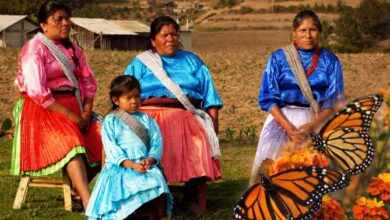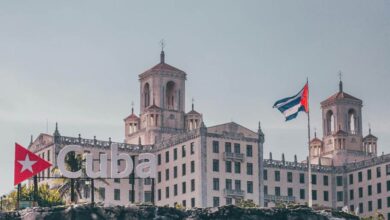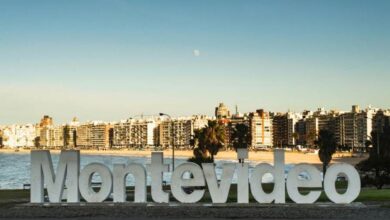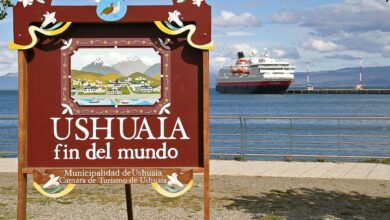Costa Rica’s Struggle to Preserve Longevity Traditions Amid Tourism Boom
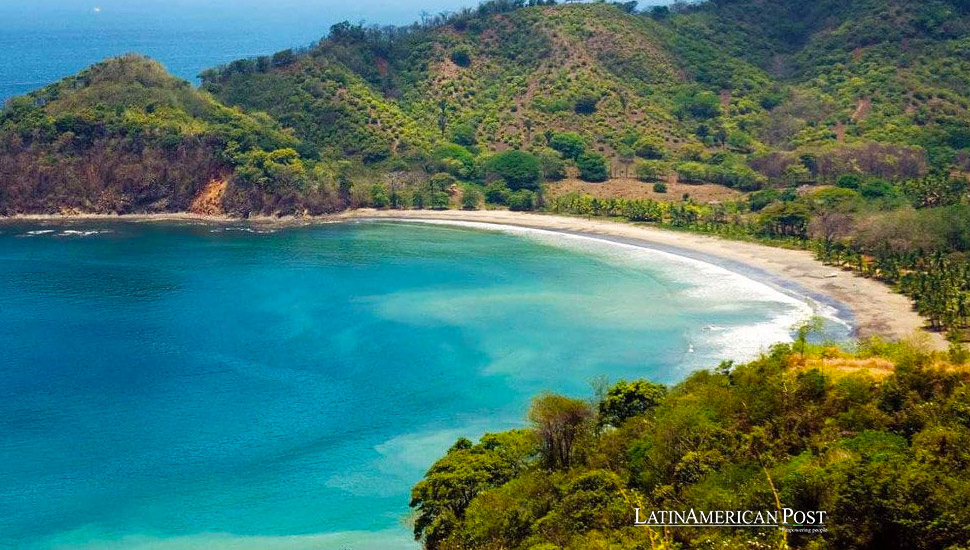
The surge in tourism to Costa Rica’s Nicoya Peninsula, renowned as a Blue Zone for its residents’ remarkable longevity, is leading to the erosion of the very lifestyle habits that have sustained the region’s exceptional health for generations.
The Nicoya Peninsula in Costa Rica, one of the world’s five Blue Zones, has long been celebrated for its residents’ exceptional longevity and health. The region’s inhabitants have historically lived longer and healthier lives than people in most other parts of the world, thanks to a unique combination of strong community ties, purposeful daily activities, and a diet rich in fresh produce and lean proteins. However, as Business Insider reported in a recent feature, the influx of tourists seeking to experience this fabled lifestyle is threatening to erode the very traditions that made the Blue Zone so special in the first place.
Tourism has become a significant driver of Costa Rica’s economy, particularly in the Nicoya Peninsula, where the Blue Zone lifestyle has attracted health-conscious visitors worldwide. According to Business Insider, the area’s reputation as a haven of longevity has become a hotspot for tourists eager to experience its famed way of life. This surge in interest has brought economic benefits to the region, directly contributing to 4.8% of Costa Rica’s GDP in 2019. Most tourists come from the United States and Europe, particularly countries like Germany, Spain, and France.
However, as residents have noted, this influx of visitors has come at a cost. Thomas Jones, a long-time resident of the coastal town of Paquera, expressed his concerns to Business Insider about the changes he has witnessed. Jones, who moved to Costa Rica from Norway in 2007, initially chose the Nicoya Peninsula for its untouched beauty and the authenticity of its local culture. “One of the reasons we came here was because there was so little here, and we enjoyed the real Costa Rica — the jungle and everything being very local,” Jones said. However, the traditional Blue Zone lifestyle is beginning to fade as more tourists flock to the area, bringing demands for amenities, infrastructure, and familiar foods.
The Impact of Tourism on Daily Life
The arrival of tourists has led to significant changes in the daily lives of Nicoya’s residents. Introducing fast-food restaurants, luxury hotels, and improved infrastructure has altered the region’s landscape and lifestyle. Business Insider reported that these developments are slowly transforming local habits, which were once centered around hard work, close-knit community interactions, and a diet focused on fresh, locally sourced foods.
Juan Gabriel, a guide working for Jones’ tourism company, Bahia Rica, shared his perspective with Business Insider on how Blue Zone tourism has affected his life and his family. Gabriel, who grew up on a small island without electricity, recalls a time when daily life was much more physically demanding. “The people, a long time ago, had to live differently; they had horses, and they had to get up at 4 in the morning to care for the cows,” Gabriel explained. “Now, why not if you can buy it from the supermarket?” While Gabriel is grateful for the resilience and adaptability his upbringing instilled in him, he acknowledges that he won’t raise his children in the same way despite understanding the health benefits of the traditional lifestyle.
The influx of tourists has also led to changes in dietary habits. Fast food options have become more prevalent, and locals are increasingly adopting these convenient yet less healthy food choices. This shift from the traditional Blue Zone diet, characterized by small portions, low sugar intake, and a reliance on lean proteins, is a growing concern among health experts. Business Insider highlighted the findings of researchers from Stanford University, who noted that these dietary changes, along with the reduced need for physical labor due to improved infrastructure, are putting the Blue Zone’s health benefits at risk.
The Dilemma of Infrastructure Development
The development of infrastructure in the Nicoya Peninsula, driven by the demands of tourism, has also significantly impacted the region’s way of life. While the construction of paved roads and the expansion of transportation services have made life more convenient for locals, they have also reduced the amount of daily physical activity integral to the Blue Zone lifestyle.
According to Business Insider, the region’s modernization is a double-edged sword. On one hand, it provides residents with easier access to goods and services, improving their overall quality of life. On the other hand, it diminishes the physical challenges that once defined their daily routines. For instance, the need to walk long distances or engage in strenuous labor has decreased, which could contribute to a decline in the physical fitness levels traditionally associated with longevity in the Blue Zone.
Researchers like David Rehkopf, an associate professor at Stanford University, have studied the effects of these changes on the health of Nicoya’s residents. Rehkopf, along with Costa Rican demographer Luis Rosero-Bixby, has observed that the benefits of the Blue Zone lifestyle are beginning to diminish as younger generations adopt more modern, less physically demanding ways of life. “These people are losing the advantage seen by previous generations,” Rosero-Bixby told Business Insider. “It’s not uncommon to see people in Nicoya live to be in their 90s, but we’re seeing that number slip back into the 80s.”
A Way of Life at Risk
Despite the challenges of tourism and modernization, the Blue Zone remains a powerful draw for visitors to Costa Rica. The region’s reputation for longevity continues to be a selling point, driving more tourists to experience its unique way of life. However, as Thomas Jones pointed out in his interview with Business Insider, the true essence of the Blue Zone is slowly being lost. “A lot of people are using it for their business — Blue Zone this, Blue Zone that,” Jones said. “But the lifestyle is something that’s fading, unfortunately, because it was all the old-timers keeping it alive.”
Looking ahead, there is growing concern that the Blue Zone of Nicoya may eventually disappear as the traditions that once sustained modern conveniences and tourism demands replace it. Jones believes that within the next decade, the Blue Zone may cease to exist in its current form. “I think in about ten years, there’s gonna be no more Blue Zone here because the old ones are going to die off, and the young ones don’t live the same lifestyle,” he told Business Insider.
As Costa Rica continues to balance preserving its cultural heritage and accommodating the influx of tourists, the future of the Nicoya Peninsula’s Blue Zone remains uncertain. While the region’s economic dependence on tourism is undeniable, a growing need to protect the traditional lifestyle has made Nicoya a symbol of health and longevity. Without concerted efforts to preserve these traditions, the Blue Zone may become another casualty of progress, remembered only as a fleeting moment in Costa Rica’s history.
Also read: Costa Rica and Colombia Promote Sustainable Coffee and Avocado Farming
The story of Costa Rica’s Blue Zone is a cautionary tale of how the very factors that attract tourists to a region can also lead to the erosion of the cultural practices that made it unique in the first place. As highlighted by Business Insider, the Nicoya Peninsula stands at a crossroads, where the pressures of modernization and tourism threaten to undo the legacy of health and longevity that has defined the region for generations. The challenge now lies in balancing economic growth with preserving the traditions that have made the Blue Zone a global icon of well-being.

